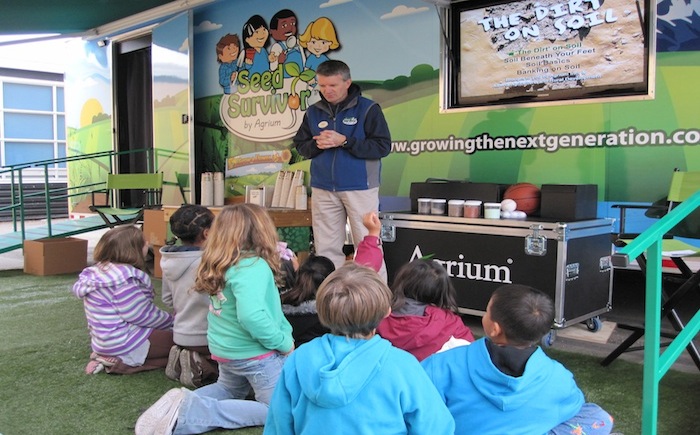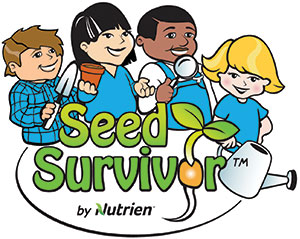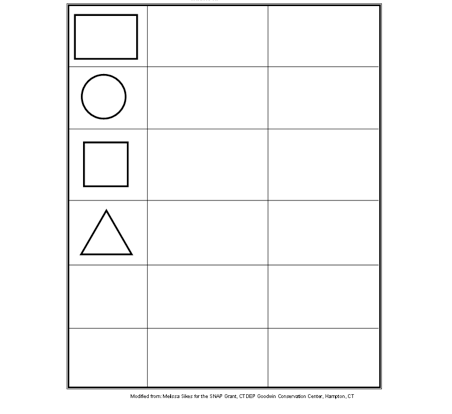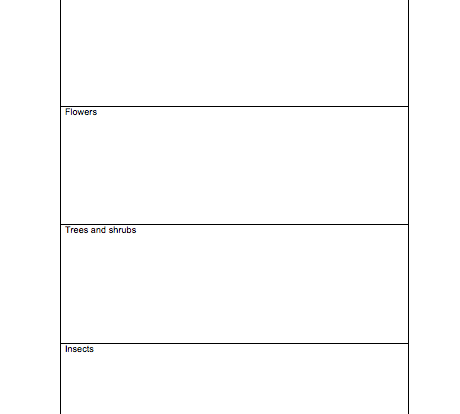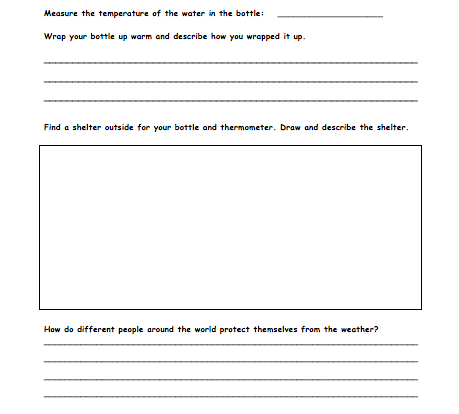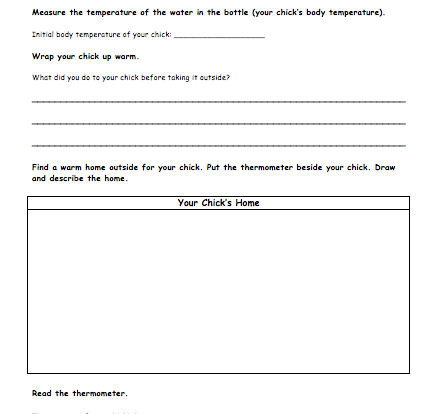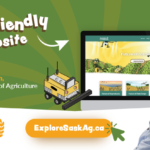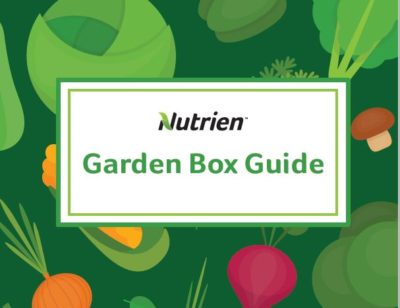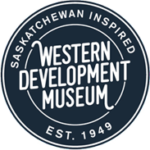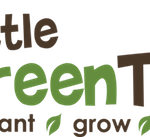-
Seed Survivor is a curriculum-based program that teaches elementary students how to grow healthy plants (focusing on water, sunlight, soil and nutrients) and where food comes from. Interactive displays, fun presentations, educational videos, interactive computer games and hands-on seed planting activities make up the foundation of Seed Survivor. Five exhibits tour North America year-round and in 2014 over 100,000 children participated. Nutrien’s kids website has lots of fun videos, games and activities. Program includes student and teacher resources.
To learn more visit: www.seedsurvivor.com
-
Students search for shapes that occur naturally in the schoolyard. Students write a shape poem on two of the shapes found. Wrap up: Discuss poems and where ideas came from. Did the shapes we know come from nature?
-
Students discuss different shapes that that occur in nature. This activity can be completed by having students draw, describe or explore the schoolyard to find the answers. Wrap up: discuss students’ answers and why certain shapes may benefit the organism/plant.
-
Discuss insulation and natural insulating materials/behaviours (feathers, fur, fat/blubber, huddling, homes, etc.). In pairs students receive a water bottle. Fill with warm water, measure temperature and insulate the bottle (wrap in paper, newspaper, cloth, etc.). Each student pair places their bottle outside in a chosen shelter, and records the temperature of the shelter and water inside bottle. Wrap-up: best insulating materials.
-
Discuss insulation and natural insulating materials/behaviours (feathers, fur, fat/blubber, huddling, homes, etc.). In pairs students receive a water bottle (representing a chick). Fill with warm water, measure temperature and insulate the bottle (wrap in paper, newspaper, cloth, etc.). Each student pair places their “chick” outside in a chosen spot or “chick home”, and records the temperature of the home/chick’s body (water inside bottle). Wrap-up: best insulating materials. Pre-experiment idea: Get crafty and have the groups to make their water bottles look like chicks (ie: feathers, googly eyes, etc.) before conducting the experiment.

